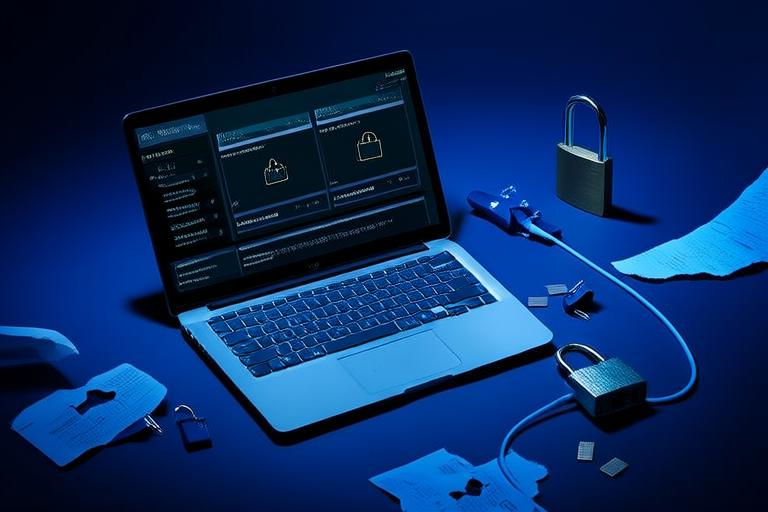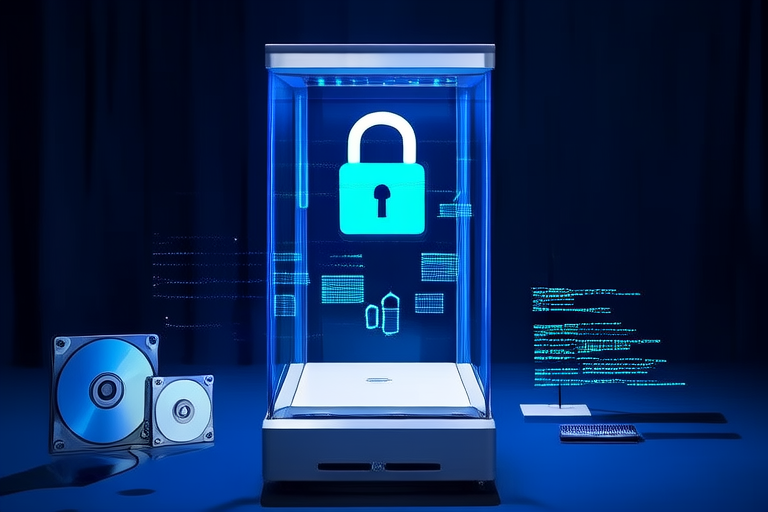“`html
Best Practices for Securing Sensitive Information from Cyber Threats
Introduction
In today’s digital age, the protection of sensitive information has become paramount. With the increasing reliance on technology, individuals, businesses, and organizations face a growing array of cyber threats that can compromise the confidentiality, integrity, and availability of critical data. Common types of cyber threats include phishing attacks, malware, and ransomware, each posing significant risks to personal privacy, financial stability, and operational continuity.
The potential impact of these threats is vast, ranging from financial losses and reputational damage to legal repercussions and loss of customer trust. Therefore, understanding and implementing robust security measures is essential to mitigate these risks.
Understanding Sensitive Information
Sensitive information encompasses a wide range of data, including personal data, financial records, intellectual property, and proprietary business information. This data is valuable to both legitimate users and malicious actors. Protecting sensitive information is critical because unauthorized access can lead to identity theft, financial fraud, and intellectual property theft.
For individuals, this might mean safeguarding personal details like social security numbers and bank account information. For businesses and organizations, it could involve protecting trade secrets, customer databases, and internal communications. In all cases, the consequences of a breach can be severe, making robust security practices indispensable.
Key Security Principles
At the core of any effective cybersecurity strategy are the fundamental principles of confidentiality, integrity, and availability—collectively known as the CIA triad. Confidentiality ensures that only authorized individuals have access to sensitive information. Integrity guarantees that data remains accurate and unaltered. Availability ensures that data is accessible when needed.
Compliance with relevant regulations is also crucial. For instance, the General Data Protection Regulation (GDPR) in Europe mandates strict rules for handling personal data, while the Health Insurance Portability and Accountability Act (HIPAA) sets standards for protecting health information in the United States. Adhering to these regulations not only helps avoid legal penalties but also fosters trust among stakeholders.
Implementing Robust Access Controls
Strong access controls are essential for maintaining the confidentiality and integrity of sensitive information. Multi-factor authentication (MFA) adds an extra layer of security by requiring multiple forms of verification before granting access. Role-based access control (RBAC) ensures that users have access only to the resources necessary for their roles, reducing the risk of unauthorized access. Least privilege access further minimizes risk by granting users only the minimum permissions required to perform their tasks.
By implementing these measures, organizations can significantly reduce the likelihood of data breaches caused by insider threats or compromised credentials.
Data Encryption
Data encryption plays a pivotal role in protecting sensitive information by converting it into a secure format that can only be accessed with the appropriate decryption key. Encryption standards such as Advanced Encryption Standard (AES) and Rivest-Shamir-Adleman (RSA) provide robust protection against unauthorized access.
Best practices for implementing encryption include encrypting data at rest and in transit, using strong encryption algorithms, and regularly updating encryption keys. By doing so, organizations can ensure that even if data is intercepted, it remains unreadable without the proper decryption key.
Regular Security Audits and Monitoring
Continuous monitoring and regular security audits are vital for detecting and responding to security breaches promptly. Tools such as intrusion detection systems (IDS) and security information and event management (SIEM) solutions help identify suspicious activities and potential vulnerabilities.
Organizations should establish a robust incident response plan and conduct regular drills to ensure readiness. By proactively addressing potential threats, organizations can minimize the impact of security incidents and protect sensitive information effectively.




